With the beaches of Hua Hin and the Gulf of Thailand calling, relatively few overseas tourists stop at the small town of Phetchaburi to the south of Bangkok. But for those interested in architecture or Thai history, the summer palace that was built here by King Rama IV is worthy of closer inspection. An eclectic collection of buildings with a mix of Thai, European and Chinese design, Phra Nakhon Khiri spreads out over three separate hilltops with panoramic views of Phetchaburi and the surrounding countryside.
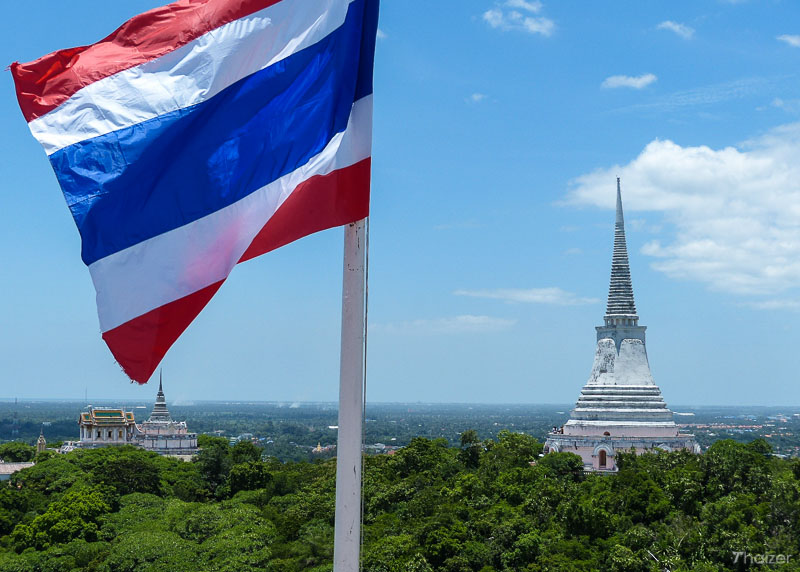
King Rama IV ordered the construction of this summer palace south of Bangkok and in 1858 the project was completed and formally named Phra Nakhon Khiri although many locals refer to it as Khao Wang (Palace Hill). In its heyday, this was a thriving complex of religious buildings, villas and throne halls. Rama IV and Rama V used Phra Nakhon Khiri as a summer palace and a place to entertain important guests.
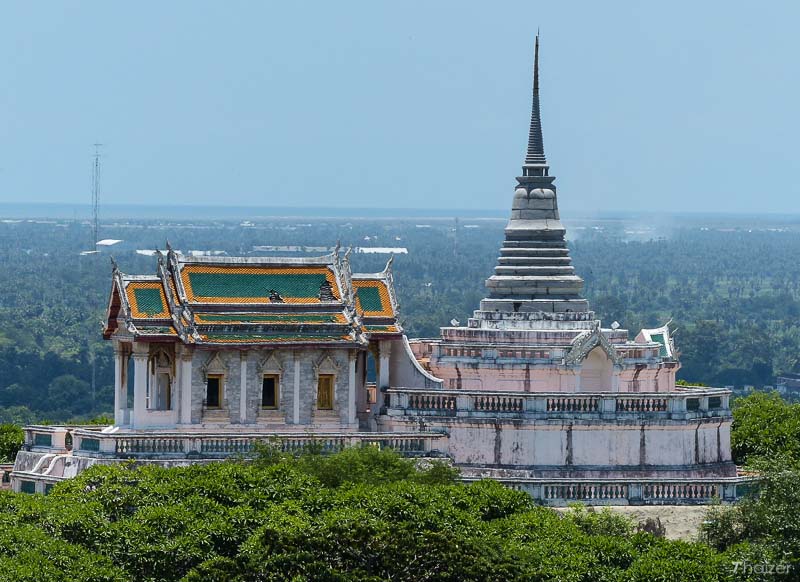
An existing pagoda on the hilltop was renovated by King Mongkut and relics placed inside. The 40 metre high chedi was renamed as Phra That Chom Phet and forms a distinctive landmark for those travelling by road or rail between Bangkok and Hua Hin. A royal temple was also built here in the same style as the Temple of the Emerald Buddha in Bangkok’s Grand Palace and this temple is known as Wat Phra Kaew Noi. Other notable buildings here include the observatory which was a favourite location for King Rama IV, a keen astronomer.
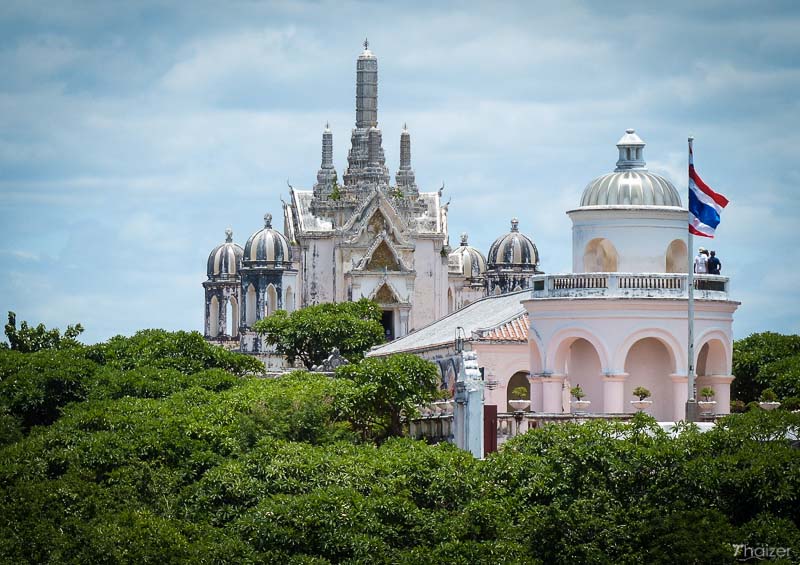
Although Phra Nakhon Khiri is no longer used by the Thai royal family, its royal heritage still means certain protocols are in place. Visitors should cover their knees and shoulders and also respect the no photography signs which are in place inside the main museum.
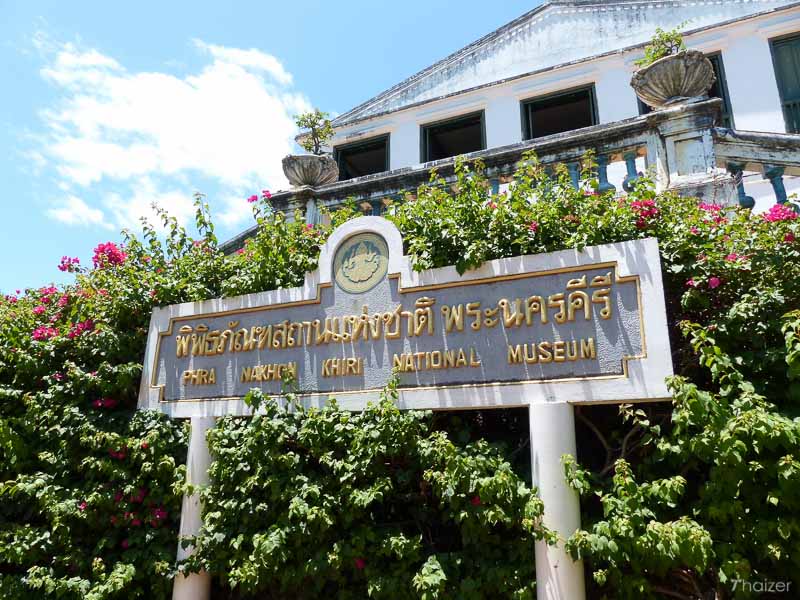
Until you get up close, it’s easy to underestimate how wide an area the grounds here cover. Be prepared for plenty of walking, especially if you don’t take the cable car and also be aware that there are monkeys here, but if you’re sensible you shouldn’t have any problems. Some of the steps are steep and can be extremely slippery when wet and there are also some locations (such as the observatory) with low ceilings, so be careful.
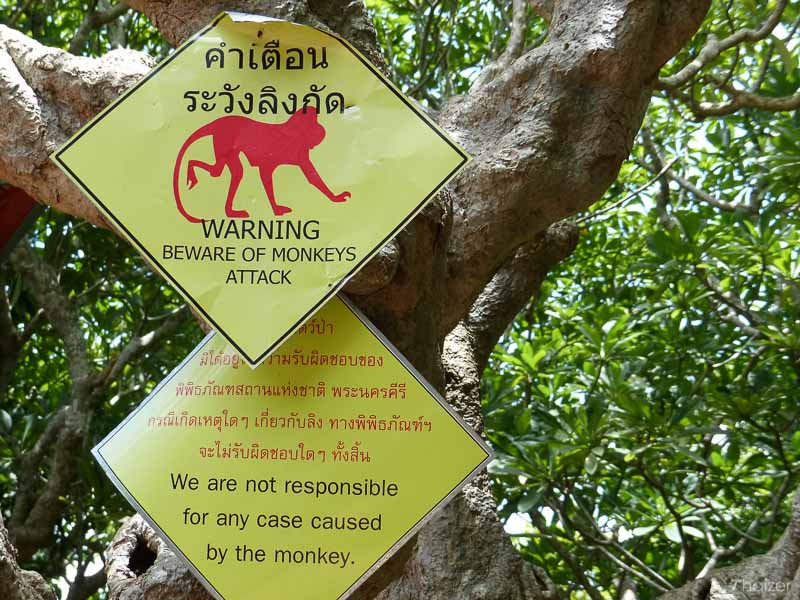
Part of the palace on the western peak is a National Museum open daily from 08.30-16.30. Price of entry to the museum and associated buildings is 150 Baht. If you don’t want to tackle the initial walk up the hill, there is a cable car which costs 50 Baht return or you can buy a combined cable car and museum ticket for 200 Baht. Please note that even if you do take the cable car, there is still some legwork required to get to the main pagoda and viewing points.
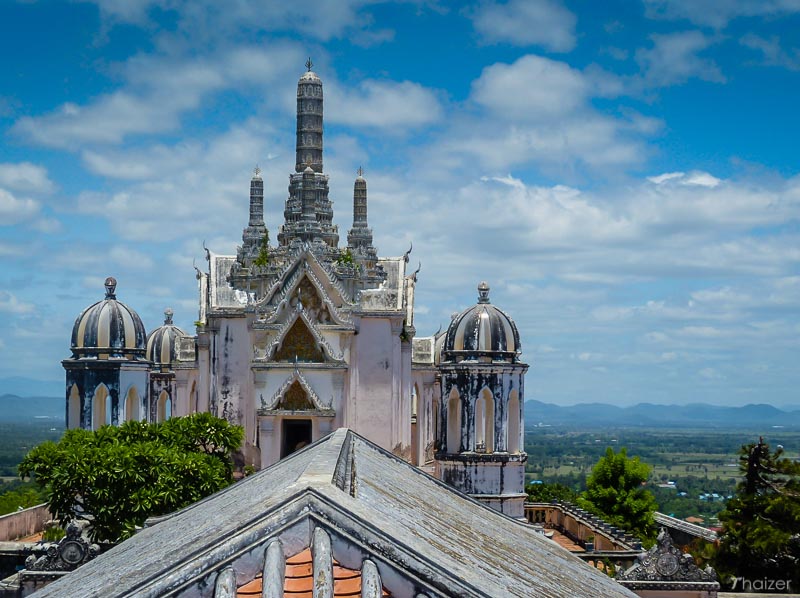
Phetchaburi is approximately 1.5 hours south of Bangkok or 1 hour north from Hua Hin. Buses depart from Bangkok’s southern bus terminal and there are also frequent mini-bus departures from the Victory Monument area of Bangkok. Regular buses also depart from Hua Hin and Cha Am.